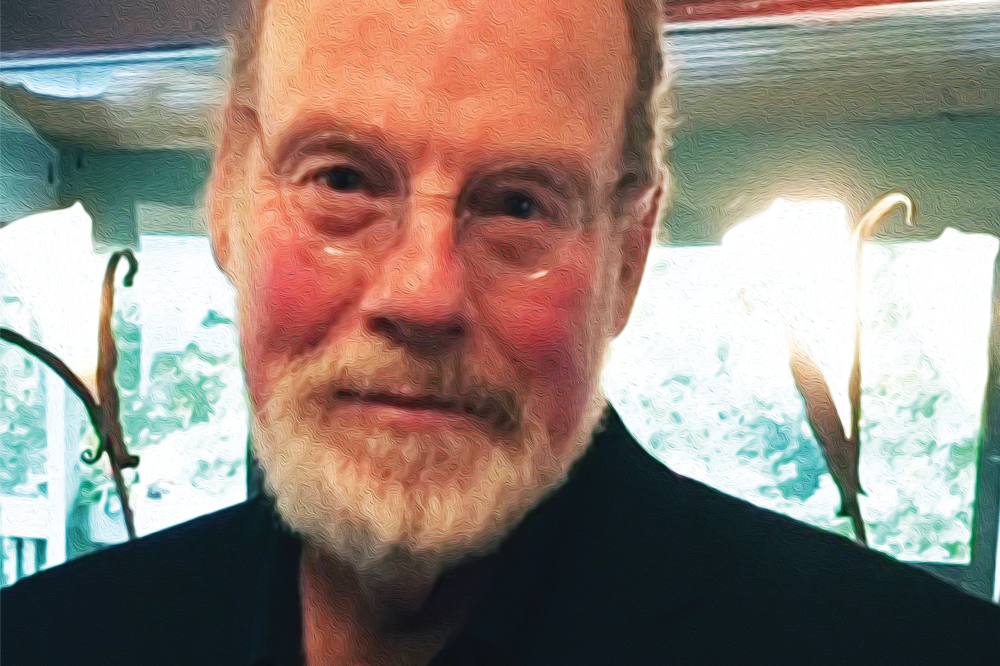In my view, a profession is an accumulation of knowledge and experience, affected by one’s personality and background. Many describe me as being “different” and this quality has accompanied me ever since I began my independent pathology practice. And perhaps it’s the reason why I challenge classical approaches to cytology. For example, take the investigation of malignancy versus benignancy by means of the cytology of body effusions. There have been few innovations in this field since Muller laid the foundations of clinical cytology as we know it today in 1838 (1). Even with Papanicolaou’s great discovery of his famous “Pap test” in 1928, much remained the same, and those pathologists that followed him added little to classical cytology practice (2).
Later, immunocytochemistry as an ancillary diagnosis method became widely accepted as an important improvement in effusion cytology (3,4). Then came fluorescence in situ hybridization (FISH), comparative genomic hybridization (CGH), and other molecular biology techniques such as PCR, all of which have been used successfully to characterize malignant neoplastic cells and improve diagnostic accuracy (5). Most of the above methodologies “highlight’’ the cell of concern. However, the sensitivity and specificity of these “fancy” techniques are decreased by a number of obstacles, such as variable mixtures of normal and tumor-derived cells, presence of rare atypical cells, and low cell numbers. One technique worth considering is flow cytometry. This was first used in the late 1980s with aneuploid cells, on the basis that their presence indicated malignancy, but remained a secondary technique in the detection of malignant cells in peritoneal fluids (6,7). However, immunophenotyping of effusions with flow cytometry has become more popular over time (8,9). In my opinion, flow cytometry can be very useful in detecting malignant cells in effusions of cancer patients but may damage cells, rendering them useless for further morphologic characterization. Also, I don’t accept that detection of a population of cells carrying a specific marker necessarily indicates that those cells are malignant; benign epithelial cells will also carry an epithelial marker that is usually looked for, and in blind flow cytometry, you can never know. I’d be more confident about drawing conclusions from the examination of separated cells under a microscope.
In our institute, we looked for a technique that allows separation of metastatic cells by immunophenotyping, thereby keeping the morphology intact for further verification of the separated population with microscopy. We did not need to look too far because magnetic cell separation (MACS) provides a tried and tested gold standard (10). This cell isolation method has been in use for about 25 years and is cited in more than 20,000 publications. As far as we are aware, the technique has been used for separating labeled epithelial cells from body effusions, but it has not been compared with traditional cytology methods for positive effusion. The method requires metastatic cells to be labeled with an epithelial marker, separated and then examined with a light microscope. For the marker, we chose CD326 – also known as human epithelial antigen – which is present in the majority of carcinomas (11). The basis of our work was to split the sample into two, and then to examine one half traditionally and the other half after CD326-based separation. The results were amazing; we reduced false negatives in the pre-label and separation step by 15 percent! So, how should we proceed? New ideas are often viewed with skepticism, and many will argue that the cost of the technique outweighs its benefit. However, the cost of immunophenotyping is falling, and we may soon see antibody costs fall to about US $7–10 per sample. Additionally, costs could be minimized by limiting use of the technique to verification of initial negative results. Nevertheless, the method needs to be tested on a large scale, and perhaps I can tempt other pathologists and cytologists to get involved so that we may design and perform an extensive study to translate our knowledge into practice. Such a study would no doubt help with the evolution of medicine in general and pathology in particular.
References
- GJ Anday, Arch Intern Med, 108, 322 (1961). SI Hajdu, EH Ehya, Ann Clin Lab Sci, 38, 296–299 (2008). PMID: 18715862. W Zhu, CW Michael, Diagn Cytopathol, 35, 370–375 (2007). PMID: 17497661. 4NM Granja et al., Cytojournal, 18, 2, 6 (2005). PMID: 15777480. 5FC Schmitt et al., J Clin Pathol, 61, 258–267 (2008). PMID: 18037664. AT Moriarty et al., Diagn Cytopathol, 9, 252–258 (1993). PMID: 8519194. 7OD Laerum, T Farsund, Cytometry, 2, 1–13 (1981). PMID: 7023887. M Czader, ZA Syed, Diagn Cytopathol, 29, 74–78 (2003). PMID: 12889043. B Risberg et al., J Clin Pathol, 53, 513–517 (2000). PMID: 10961174. S Miltenyi et al., Cytometry 11, 231–238 (1990). PMID: 1690625. G Moldenhauer et al., Br J Cancer, 56, 714 (1987). PMID: 2449234.




